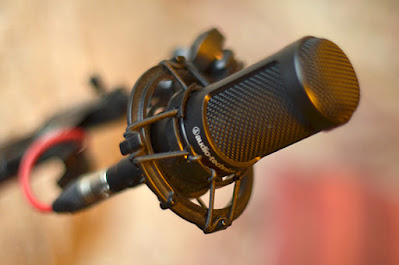Sony WH-1000XM4 Wireless Bluetooth Noise Cancelling Headphones Review
 |
| Sony WH-1000XM4 |
I have Sony WH-1000XM4 headphones for ~ 2.5 weeks now. Here is a list of my problems that I already had or still have with these headphones. For the price, I would advise anyone against buying the headphones. There are much cheaper alternatives that do what they should.
- The headphones cannot be charged during operation.
- LDAC cannot be used when two devices are connected in parallel.
- The voice feedback cannot be switched off completely. The headphones always provide information via a signal tone + voice feedback, e.g. when devices are connected or disconnected, the headphones are switched on and off.
- The beeps for any interaction with the headphones cannot be turned off. Every interaction results in unnecessary beeps.
- The headphones do not switch reliably when two devices are connected in parallel. Often (several times a day) you have to manually disconnect one device (A) in order to receive sound from the other device (B), although there is no sound output from device (A).
- Firmware updates are canceled or restarted without a warning in the event of certain interactions with the headphones or the app.
-There is an option to adjust the "Custom Button" in the app. However, you can only switch between "Amazon Alexa", "Google Assistant" and "Ambient Sound Control". So there is no way to control the microphone on the headphones in headset mode (on / off or mute / unmute).
- Sometimes the app gets stuck on "Connecting" even though the headphones are connected. In order to use the app, it must then be closed and opened again.
- There is a problem in use with Windows that often prevents the volume from being changed in headset mode. So if conversation partners are too loud or too quiet, nothing can be changed.
- The headphones have already crashed several times in headset mode when trying to change the volume using the touch gestures. The signal tone that sounds when the volume is changed then repeats itself several times per second until the headphones are switched off.
- It has also happened that the headphones did not respond to any touch input after being switched on. A restart was required.
- Occasionally, the headphones disconnect from the connected devices for no apparent reason.
- It has happened several times that the headphones simply switched off during operation (lying down, not standing). The firmware probably recognizes the headphones as "stored" in this.
- The headphones have already disconnected from the only connected device while the music is playing.
Further observations 1 month after purchase:
- It has already happened twice that the volume increased independently after briefly holding the gesture to increase the volume even though it was not touching the outside of the auricle. The process was resolved by restarting the headphones.
- Since the firmware update 2.07 it happened 2-4 times a day that the headphones automatically stop any playback and noise suppression, completely without any indication. The problem can apparently be resolved by any interaction with the device, e.g. by reconnecting another device or trying to adjust the volume via the touch surface. Update: this problem apparently had to do with the fact that the "Touch to Speak" option set itself and then activated it itself. After a few days of manually deactivating the option in the app, the problem no longer occurred.
- Unfortunately, it happens very often that the headphones crash during a call when you try to regulate the volume via the auricle.
- For a few days now, the headphones have been restarting on their own without warning ... even a reset to factory settings and new pairing with other devices did not solve the problem.
Update 6 months after purchase: The headphones can no longer be used with active noise cancellation. As soon as the noise suppression is activated, the left auricle rustles and makes different interfering noises at irregular intervals. Sometimes it cracks repeatedly, sometimes it whines uncomfortably loud, sometimes it just rustles louder. I had the problem a few months ago and was about to exchange the headphones but then postponed it and the next day the problem no longer occurred. After the problem reappeared, 24 hours have passed and the headphones still behave defective.

